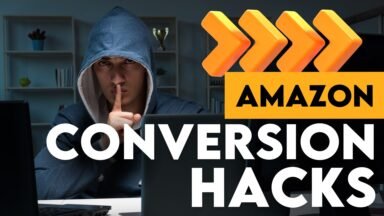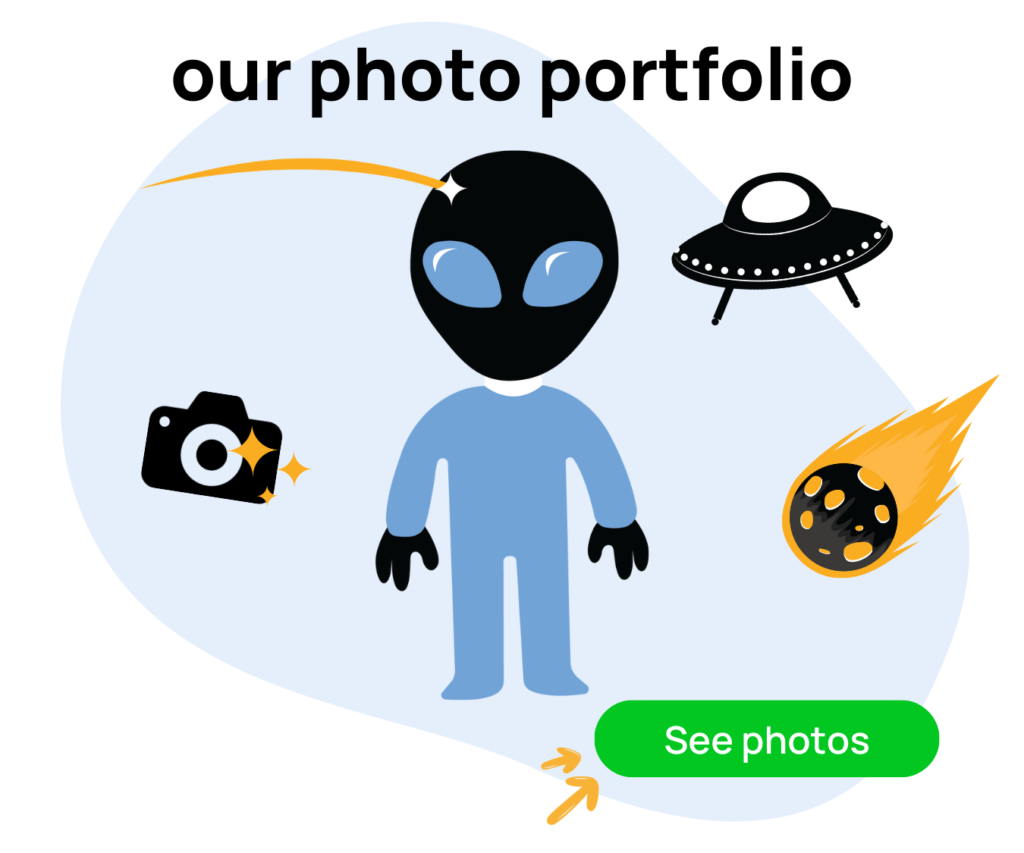Selling on Amazon requires more than just having great products. To build a truly valuable brand, sellers must master the key metrics driving growth, efficiency, and long-term sustainability with their Amazon Business. Optimizing dimensions like click-through rate (CTR), cost per click (CPC), conversion rate, customer lifetime value (CLV) and sessions pave the path toward outsized profits as well as an attractive company profile when exploring an eventual exit.
According to research firm Nielsen, products launched without exploratory consumer studies see first-year sales up to 50% lower on average compared to those doing due diligence via focus groups. They also exhibit 65% higher product return rates, signaling potential quality issues.
Here’s a list that you can follow:
Click-Through Rates Matter Big Time With an Amazon Business
The click-through rate represents how effectively your listings grab attention among browsers to generate engagement. Higher CTR not only means more eyeballs on your products. It signals relevancy to Amazon’s algorithm, often leading to better organic visibility and sales velocity. Diligent split testing of elements like main images can lift CTR dramatically.
Control Your Net Costs Through Cost-Per-Click Management in Your Amazon Business
Cost per click shows how much you pay for each ad click, with lower averages indicating more efficient spending. Trimming CPC comes through continual optimization around strategies, keyword targeting, and campaign analysis. View CPC control as the financial lifeline of profitability. Any reductions directly bolster your bottom line for your Amazon Business.
Boost Conversions to Drive Profits
The conversion rate reflects the percentage of visitors that take a desired action, like making a purchase. High conversion rates mean your listings effectively entice and convert browsers into buyers. Hone messaging, content, and calls to action to improve relevancy and shopper confidence in your Amazon Business. More customers captured from each visitor expands the return on ad spend and fuels faster revenue growth.
Sessions Offer Brand Building Potential
While the end goal stays sales, sessions offering passive brand exposure still provide tremendous value for Amazon sellers. These tally the number of instances searchers visit product pages – even without an immediate purchase.
Driving traffic and sessions through advertising, SEO, and social media spotlights your brand before more eyeballs. This expands awareness within your category and buyer demographic. In the battle for visibility in a competitive marketplace, sessions give product listings priceless exposure.
A study by Wunderman Thompson Commerce revealed over 65% of shoppers will visit a product page multiple times before finally purchasing. For bigger ticket items, 39% browsed the same listing on 6 or more occasions before checkout. So while each session may not culminate in an immediate sale, they play a key role in the buyer journey. According to analytics firm Indicative, visitors requiring 5 or more exposures to a brand before purchasing showed 22% higher lifetime value on average.
Customer Lifetime Value Underpins Loyalty With Your Amazon Business
Calculating customer lifetime value over a year or more reveals your brand advocates – those returning for multiple purchases while promoting you through reviews and referrals. High CLV shoppers form the bedrock of sales stability. Fostering longer-lasting, more profitable relationships centered on loyalty pays sustainable dividends.
Building With The End In Mind
Approaching an Amazon brand as a future sellable asset flips a switch in strategy orientation. Rather than pursuing immediate gains, the focus shifts to constructing an optimized, self-sufficient enterprise able to run smoothly with minimal oversight under new ownership.
Industry research shows over two-thirds of successful Amazon brand sales traced careful planning back to the initial launch phases. Sellers fixated on building highly transferable turnkey assets commanded premium sale valuations up to 8X EBITDA, compared to just 3-4X averages.
This entails building a business not just for today, but for the buyer of tomorrow. Granular focus areas include:
- Financial hygiene: Meticulous record keeping provides clear profitability visibility required by acquirers.
- Growth road mapping: Models and assumptions supporting achievable expansion post-sale pique buyer interest.
- Infrastructure scalability: Capable staff, streamlined operations, and processes support seamless growth trajectories without massive added overhead.
Create Easily Transferable Systems
Suitors scrutinize the machinery behind daily operations when assessing acquisition potential. Well-documented systems, product sourcing pipelines, inventory management protocols and customer service processes reduce a new owner’s learning curve. When handed the keys to a turnkey business with etched-in-stone playbooks for managing all functions, buyers gain instant confidence in continuity post-purchase.
Mitigate Risk Through Focus Groups
Bringing well-planned and meticulously executed products to market remains imperative, yet inherently risky. This rings especially true given that ~20% of new grocery products flop at retail. Even brands selling successfully on Amazon see new launches flame out at times.
However, integrating consumer focus groups early in the research and design phases helps stack the odds for success in sellers’ favor. Direct end-user feedback qualitatively validates product-market fit well before committing major upfront investments into manufacturing, marketing, and distribution.
Recurring Revenue Drives Higher Multiples
For acquirers, recurring income via subscriptions conveys business stability and cash flow reliability looking forward. This distinguishes it from volatile one-off purchase dependency. According to Forbes, average valuation multiples reached 5X for subscription e-commerce brands compared to just 2-3X for storefronts lacking residual sales streams.
In the dynamic Amazon marketplace, metrics constitute the heartbeat of a business. Sellers focused on optimizing dimensions like CTR, CPC, and conversion rate while maximizing customer lifetime value are best positioned for sustained profitability and an attractive brand profile for future exit. With the end goal in mind, builders can craft highly saleable assets drawing premium acquisition interest.
If you have any questions or would like to see more content like this, please let us know in the comments section. You can access our free Amazon listing checklist at AMZchecklist.com, and book a free consulting call by going to emaamz.com. Thank you for reading this blog, and we look forward to providing more valuable insights in future content.





